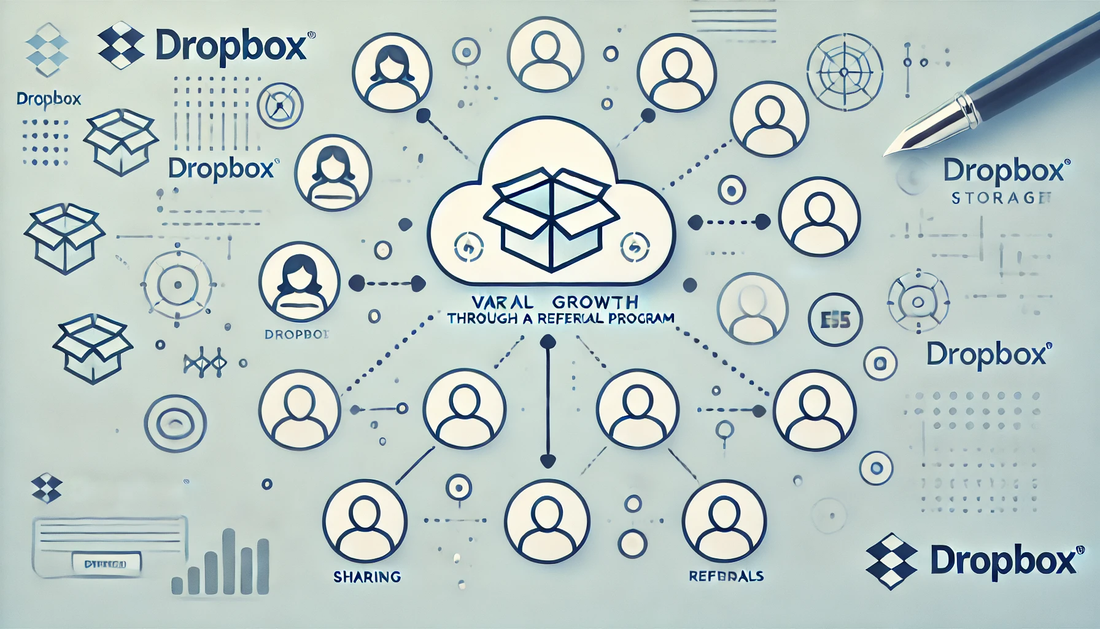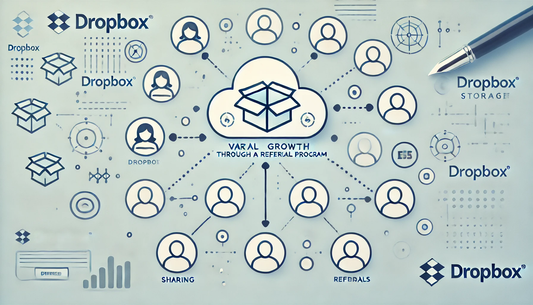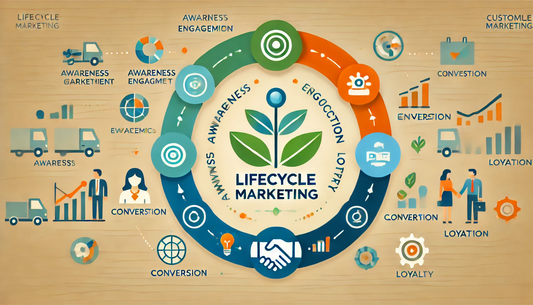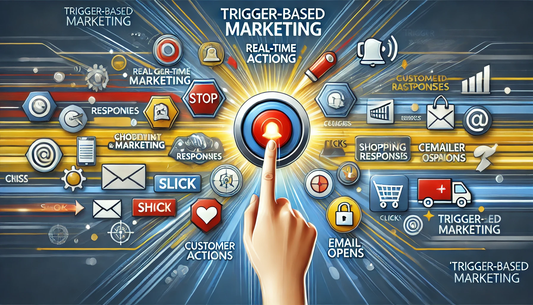🚀 Dropbox, a company that started in 2008, revolutionized the cloud storage market with a deceptively simple strategy: a referral program. Within just 15 months, Dropbox grew from 100,000 to 4 million users.
How did they achieve this explosive growth?
Let’s dive into their strategy.
Dropbox’s viral growth hack was brilliantly simple.
They leveraged the power of word-of-mouth marketing with a referral program that rewarded users for sharing.
📈 The result? Exponential growth and a place at the forefront of cloud storage.
Here’s how your startup can replicate this success.
1. Keep It Simple and Valuable
Dropbox’s referral program was easy to understand: invite friends, and both you and your friend get extra storage. The value proposition was clear, and the simplicity encouraged more people to participate.
🎯 Startups should focus on creating straightforward, valuable referral incentives.
Takeaway: Make your rewards meaningful and directly tied to your product’s core value. Keep the process simple—fewer clicks, less friction.
2. Align Rewards with User Needs
Dropbox offered free storage as a reward, which directly aligned with their users' needs. The more storage you had, the more you could use the service.
🎁 For startups, aligning rewards with user needs ensures the program resonates with your audience.
Takeaway: Identify what your customers value most in your product and design rewards around that.
3. Encourage Sharing at Key Moments
Dropbox prompted users to share at key moments in their journey—such as after sign-up or after successfully using the service. These were moments when users felt most engaged.
📢 Startups should identify key moments to encourage sharing.
Takeaway: Prompt sharing when users are most likely to act—after a positive experience or milestone.
4. Leverage Social Proof
Dropbox displayed how many people had joined through referrals, creating social proof. When potential users see others participating, they’re more likely to join.
👥 Startups should showcase social proof to enhance their program’s credibility.
Takeaway: Use numbers, testimonials, or success stories to reinforce trust and encourage participation.
5. Make the Referral Program Visible Everywhere
Dropbox ensured their referral program was visible across all platforms—from their website to user dashboards and emails. This made it easy for users to engage.
📌 Startups should promote their programs across multiple channels.
Takeaway: Use emails, in-app messages, social media, and website banners to maximize visibility.
6. Use Gamification to Drive Engagement
Dropbox gamified its referral program by showing users their progress and how much more storage they could earn. This created a sense of achievement.
🏆 Startups can incorporate gamification elements to motivate users.
Takeaway: Use progress bars, badges, or reward milestones to make referrals feel rewarding and fun.
7. Test, Measure, and Optimize
Dropbox continuously tested different elements of their referral program, such as reward amounts, messaging, and call-to-action placements.
📊 Startups should regularly test and optimize their programs based on user feedback and data.
Takeaway: Use A/B testing and track metrics like referral rates and conversions to refine your approach.
8. Create a Frictionless User Experience
Dropbox made it easy to participate in the referral program. Users could invite friends with just a few clicks, reducing any friction.
🔄 Startups should simplify the referral process to maximize participation.
Takeaway: Minimize steps, use auto-filled information, and provide one-click invites to make referrals effortless.
9. Provide Multiple Ways to Earn Rewards
Dropbox didn’t stop at referrals. They offered additional ways for users to earn rewards, like connecting social media accounts or downloading the mobile app.
🎮 Startups should diversify their incentive strategies to keep users engaged.
Takeaway: Reward valuable actions like social sharing, writing reviews, or completing tutorials.
10. Build a Community of Advocates
Dropbox’s referral program didn’t just acquire new users; it built a community of passionate advocates.
🤝 Startups should aim to turn users into brand ambassadors by fostering a sense of belonging.
Takeaway: Create loyalty through exclusive offers, leaderboards, or recognition programs.
🚀 Dropbox’s referral program was a masterclass in viral growth. By keeping things simple, valuable, and user-centric, they turned a small startup into a household name.
Startups can learn from Dropbox by designing referral programs that are easy, engaging, and aligned with their product’s core value.
📈 Focus on building a strategy that leverages your unique strengths, aligns with user needs, and constantly optimizes for performance.
A well-executed referral program could be the growth engine your startup needs to reach new heights, just like Dropbox did.










